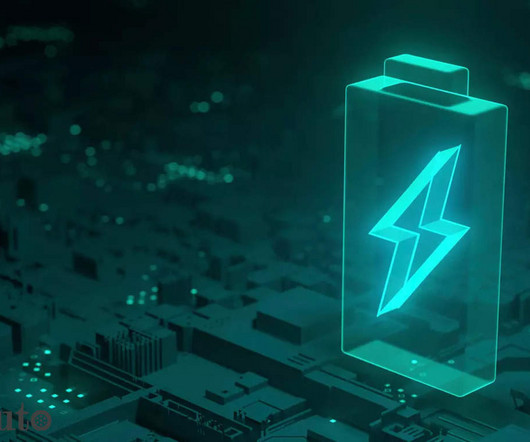False Starts: The Story of Vehicle-to-Grid Power
Cars That Think
MARCH 11, 2023
As utilities shifted to more reliable alternating-current systems, they phased out these costly backup batteries. Then, as electricity entrepreneurs expanded power generation and transmission capacity, they faced the new problem of what to do with all the cheap off-peak, nighttime electricity they could now produce.












Let's personalize your content